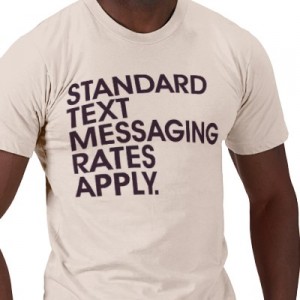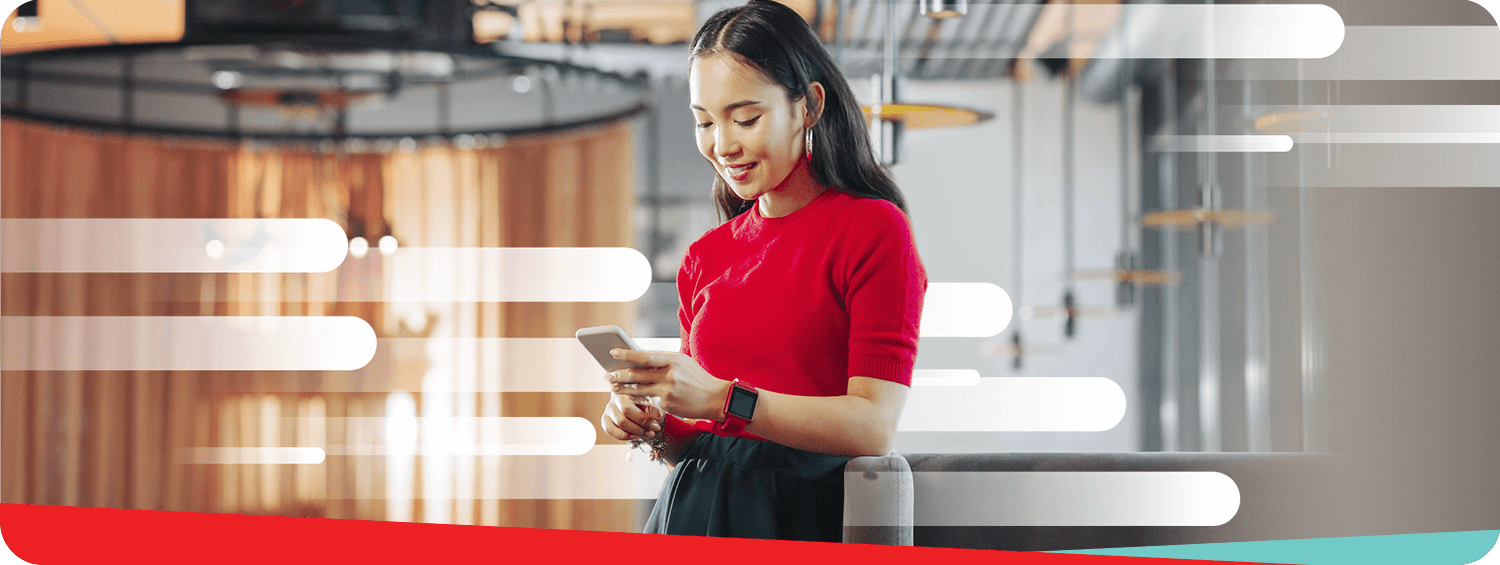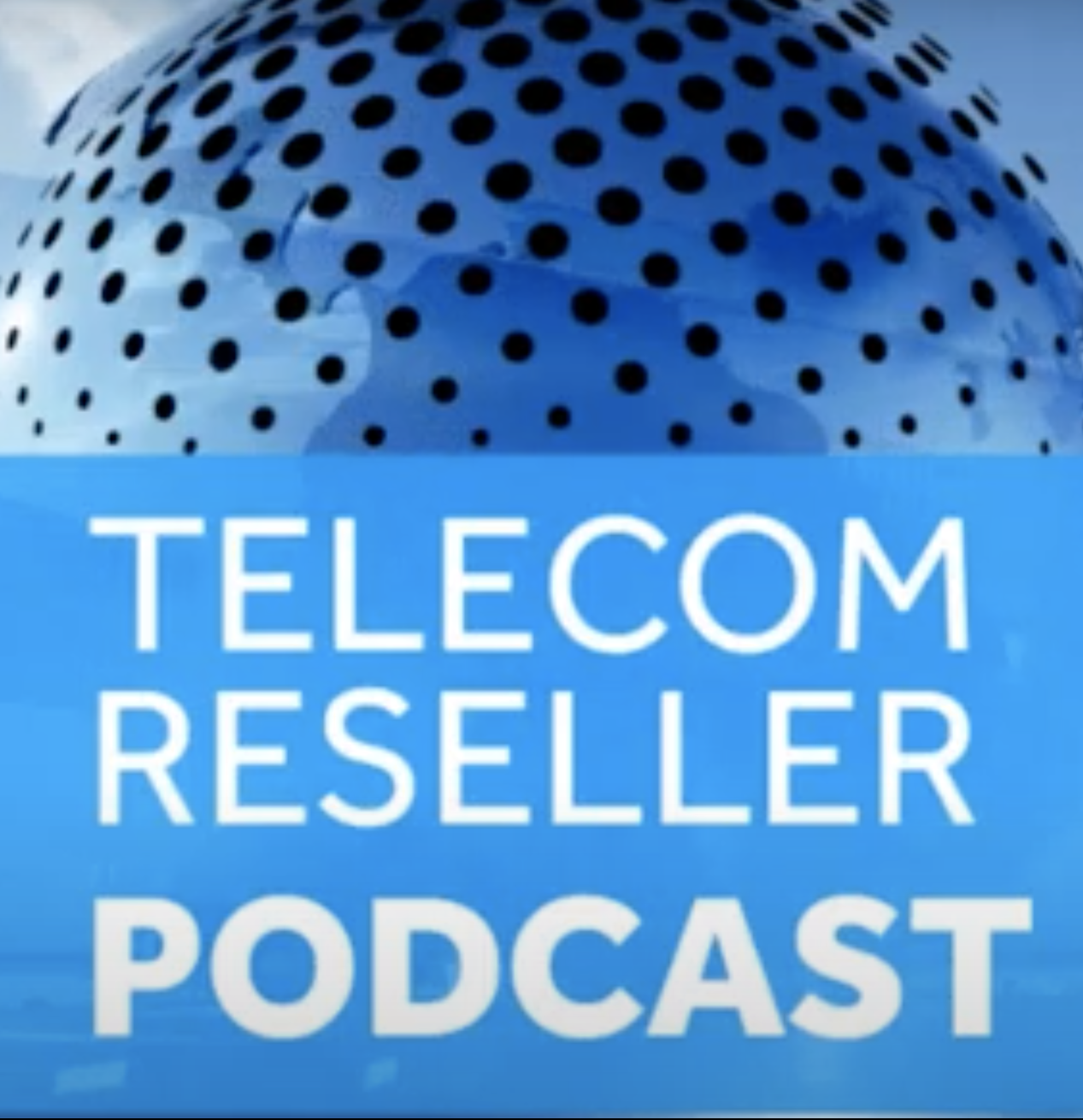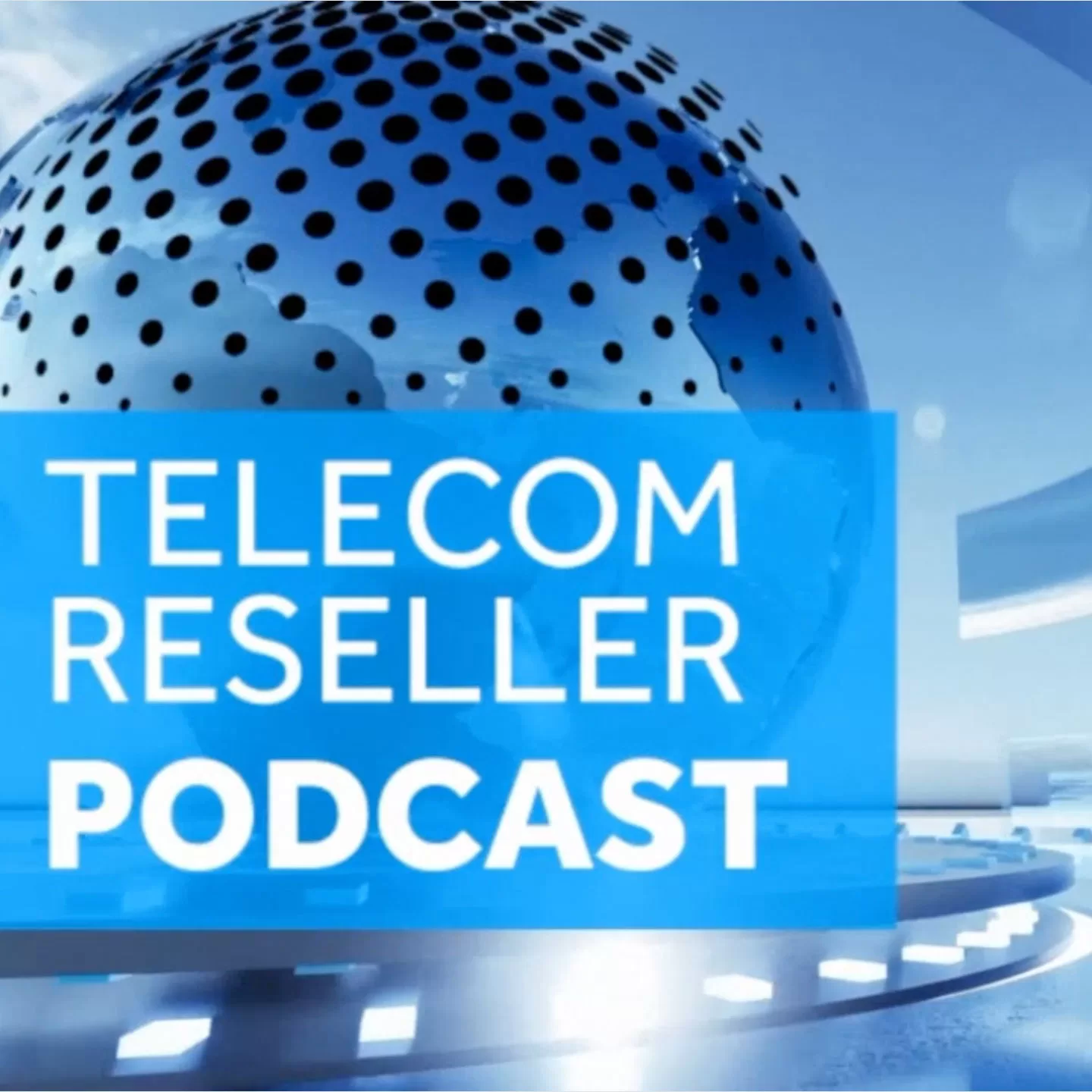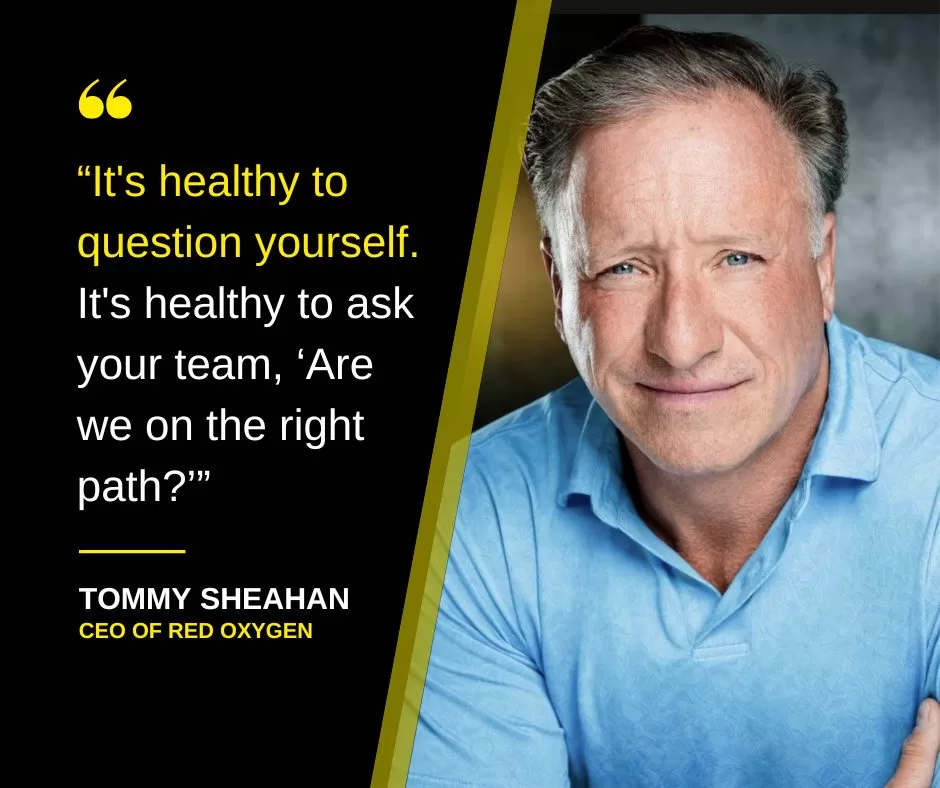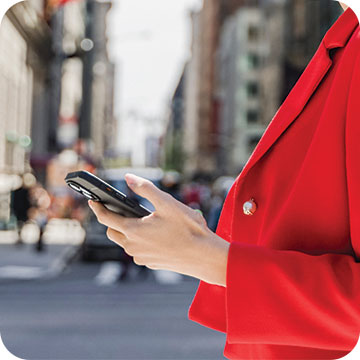What is 10dlc?
10dlc is shorthand for 10-digit long code. These numbers are formatted like a standard U.S. phone number with area code, but can support higher volumes of text messages. 10dlc aren’t new, they’re what Red Oxygen has always referred to as dedicated numbers, but they have made a name for themselves in the recent months as the go-to industry standard for application-to-person (A2P) business messaging over short codes.
Supply and demand
With SMS being a tried and true method of reaching customers, teams, patients, constituents, etc…more and more businesses are utilizing the technology at a much higher rate. (Supply and demand from our econ class is here to haunt us).
With the demand at such a high rate, U.S. carriers want/need to clean up their ‘supply’ of commercial SMS via 10dlc by having the usage pre-approved. This will be determined with a registration process, to ensure legitimate traffic and in turn reduce/limit spammers and scammers.
It’s all fun and games until someone sends spam. Am I right?
Over 23 billion messages are being sent daily and 6 billion of those are in the U.S. alone, most are legitimate messages, more and more are spammers, under the guise of being a legitimate business. Boo! Hiss!! Down with the spammers!
That being said there’s currently no guarantees but this new registration process will start to help move (and hopefully remove) spammers and scammers to the bottom of the throughput priority list. Yay!! We love that!!
Need A little background on SMS?
Message types and message routes are getting redefined by the industry in a big way, A2P 10dlc is coming in hot and heavy and shared short codes are getting the boot.
Message types:
- P2P (person to person)—typically a message sent between two private phones
- A2P (application to person)—typically a business message sent through software to a phone number. But now the U.S. carriers considered anything sent from a business to anyone, anyone at all, even if they are from the same business.
Messaging routes:
- Shared short code—Up to 1000 businesses might use the same code, causing security and accountability issues, basically giving scammers and spammers an invisibility cloak and likely giving your name in the carrier community a bad rap. Carriers are moving away from shared short codes.
- Dedicated short code—Allows for total transparency because only one brand/company uses the short code, the receiver knows who/where the message is coming from. Often used for larger brands, but it takes several weeks for approval/eligibility. It does offer the best throughput but comes with the highest cost.
- Toll-free numbers—Voice enabled, not as expensive or as lengthy of an approval time as dedicated short codes, but throughput is quite low, with low priority to the carriers.
- 10dlc—here it is—here’s the biggest change and why we’re all here—10-digit long codes. These are carrier-approved dedicated numbers with high security and monitored throughput. 10dlc numbers take less time to be approved, and less cost than both short codes and toll-free. Nothing’s changing for P2P (yet) but A2P business message traffic will now be required to register companies and their campaign/use case(s) for throughput and priority by carriers.
Shortest 10dlc history lesson ever:
10dlc has always been used for P2P messaging, with a limit of 1 message per second. With A2P 10dlc more messages can be sent in one burst per second, depending on what the carrier will allow. Both support local area codes and 2-way messaging.
So, 10dlc, how will it affect me?
This sounds like bad news and extra work, but it’s actually a fantastic step forward in the effort of getting legitimate messages delivered with the security and reliability you’re paying for.
Wait, I’ve been using 10dlc the whole time?!
Right, but so have the spammers. One bad egg spoils the punch…or something like that. So you will still need to be registered or the carriers may fine you and/or filter your messages. If you already have a dedicated 10dlc, you don’t have to get a new one, but you will need to have your existing number associated with your registration. Don’t worry, that’s part of the process that Red Oxygen will help with.
What are the benefits, you ask?
Right now it’s hard to prove any benefits, as the carriers are still working things out. But as their process is refined we should be able to start seeing:
- Reliability
- Security
- Maximized throughput for your use case
- Sender accountability
- Brand awareness can be built with your dedicated, recognizable, contact-storable number
- Speedier approval process compared to toll-free and dedicated short codes
- More affordable than toll-free and dedicated short codes by a long shot
What am I going to have to do?
Everyone has the same steps (Red Oxygen will be completing this task for all of our customers, to ensure the highest opportunity for throughput and service for your use case).
- Register your brand/company
- Register any campaign/use case(s) you are running—to do this you’ll have to supply message templates or examples of messages being sent (don’t worry, there’s some mixed communications options for those of you that utilize 2-way communications or send out follow up messages in the same campaign)
- Pay registration fees, campaign fees and carrier surcharges. Everyone has the same fee structure depending on brand reliability and use cases. [Red Oxygen will pass carrier fees through, no mark-up. AT&T will begin charging September 30, 2021 (updated on Sept. 7, 2021), and it’s expected that others will follow soon after]. For additional information on fees, check out this blog post.
What are use cases?*
In the registration process, when describing your campaign/use case(s), there will be a use case category selected as well as a description of what the messages in your campaign/use case(s) say.
Standard Use Cases
| 2FA | Any two-factor authentication, verification or one-time passcode |
| Account Notifications | Standard notifications for account holders, relating to and being about a user's account |
| Customer Care | All customer care interaction, including but not limited to account management and customer support |
| Delivery Notifications | Notification about the status of the delivery of a product or service |
| Fraud Alert Messaging | Notifications regarding potential fraudulent activity on a user’s account |
| Higher Education | Messaging created on behalf of Colleges or Universities, including School Districts and education institutions. This use case is NOT for the 'free to the consumer' messaging model |
| Low Volume Mixed | For Brands that have multiple use cases and only need very low messaging throughput. Examples include: test or demo accounts, small businesses (single Doctor’s office, single pizza shop, etc) |
| Marketing | Any communication that includes marketing and/or promotional content |
| Mixed | Any messaging campaign containing 2 to 5 standard uses cases |
| Polling and voting | The sending of surveys and polling/voting campaigns for non political arenas |
| Public Service Announcement | Informational messaging to raise an audience’s awareness about important issues |
| Security Alert | A notification that the security of a system, either software or hardware, has been compromised in some way and there is an action you need to take |
Special Use Cases
| Carrier Exemptions | Exemption by Carrier |
| Charity | Communications from a registered charity aimed at providing help and raising money for those in need. Includes: 5013C Charity. Does not include: Religious organizations. |
| Conversational | Peer-to-peer app-based group messaging with proxy/pooled numbers. Supporting personalized services and non-exposure of personal numbers for enterprise or A2P communications. |
| Emergency | Notification services designed to support public safety / health during natural disasters, armed conflicts, pandemics and other national or regional emergencies. |
| Sweepstakes | All gambling and sweepstakes messaging |
| Political | Part of organized effort to influence decision making of specific group. All campaigns to be verified. Only federal campaigns. |
| Social | Communication between public figures/influencers and their communities. Examples include: YouTube Influencers’ alerts or Celebrity alerts |
| Large CSP Trial | Large CSP Trial Offers with strict controls and MNO audit rights (MO opt in). Only MNO pre-approved CSPs are eligible for this use case. |
| Agents; franchise; local branches | Brands that have multiple agents, franchises or offices in the same brand vertical, but require individual localized numbers per agent/location/office. |
*Provided by The Campaign Registry, the independent registry company selected by the carriers.
What happens after registration?
The Campaign Registry, the 3rd party used for registration across the carriers, will use a reputation algorithm after reviewing the provided information to determine a Trust Score. This combined with the type of campaign/use case(s) provided will determine your messaging throughput. There is little to be done or changed with the determined trusts score unless a business wants to pay for additional vetting that may or may not change the score.
Businesses will need to continue registering any new or modified campaign/use case(s) with their company/brand, as to avoid fines or filtering.
Choose Red Oxygen for Your SMS Messaging Needs
Reach your customers quickly and easily with SMS messaging. Using Red Oxygen’s solutions you have the power to choose how you’d like to send texts while using the communication platform you’re already comfortable with like Outlook, Gmail, through your browser, or use our application programming interface (API) to integrate with your existing communication database. Get your customers’ attention and look through our no-obligation monthly plans and prepaid bundles today.






